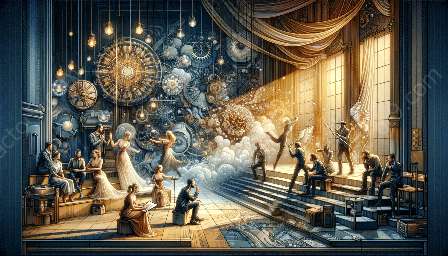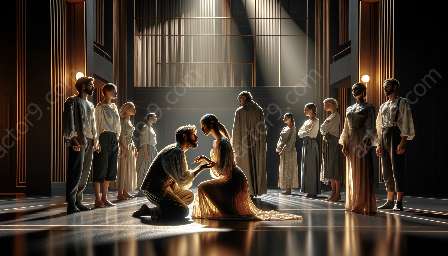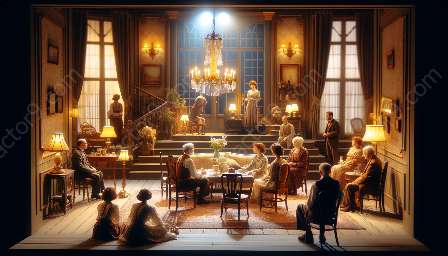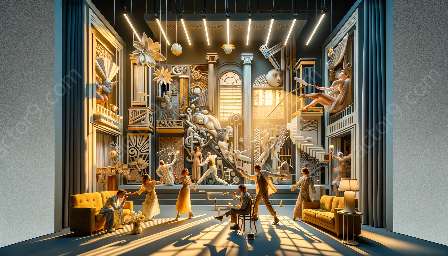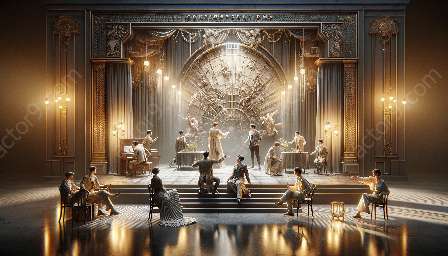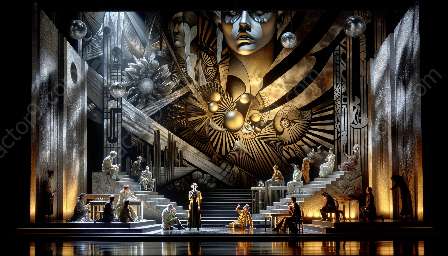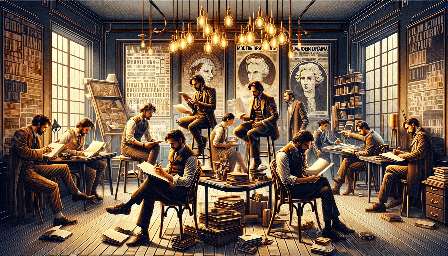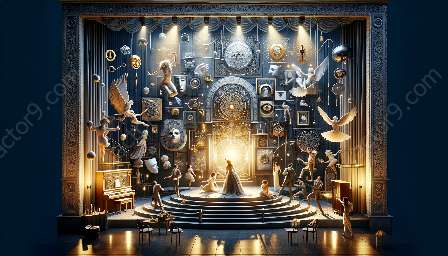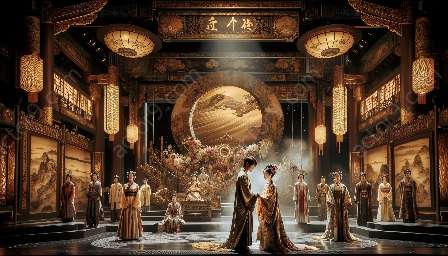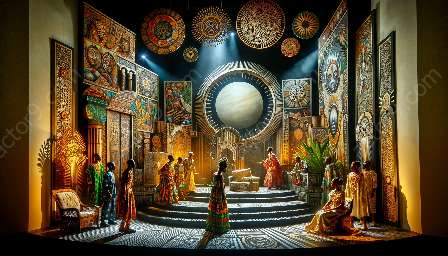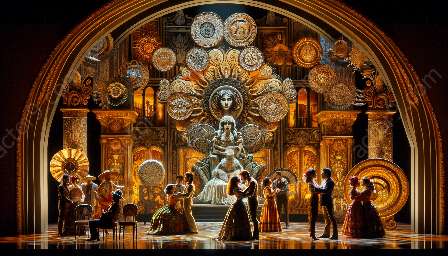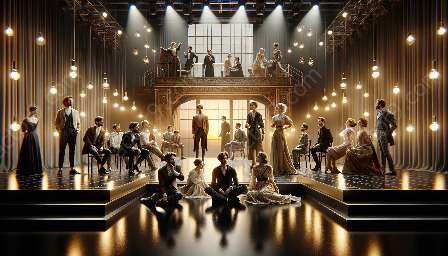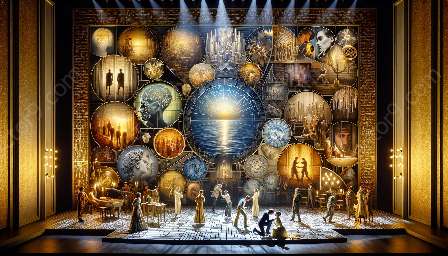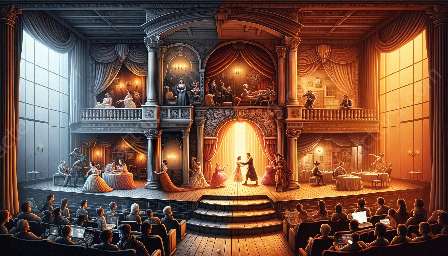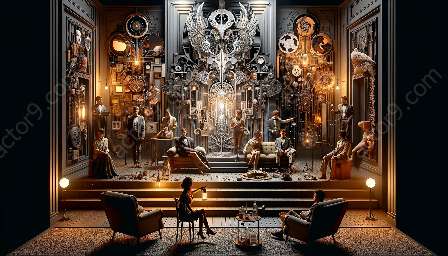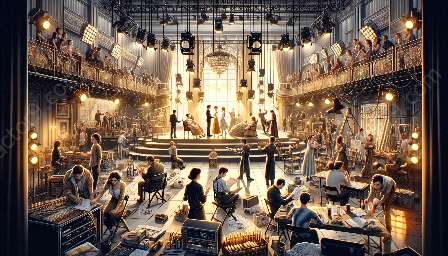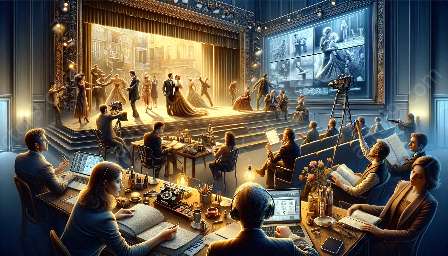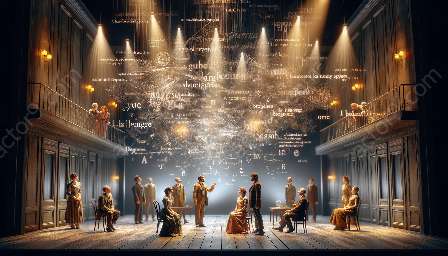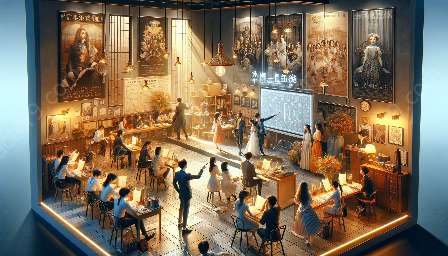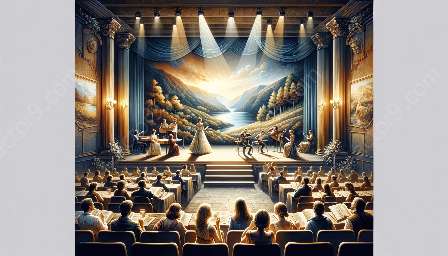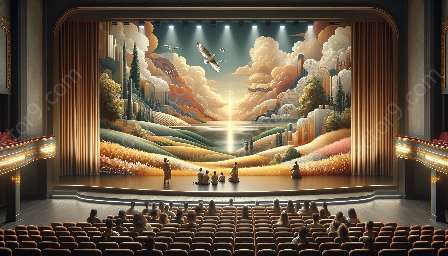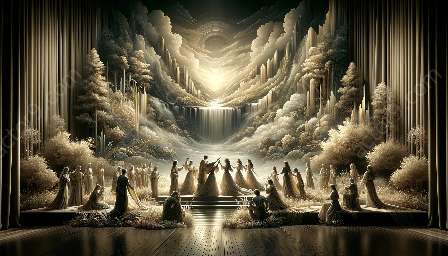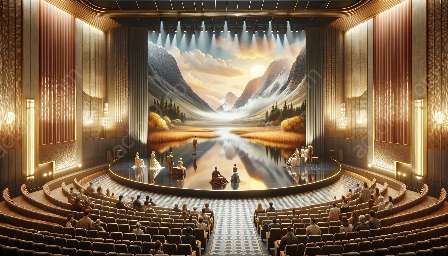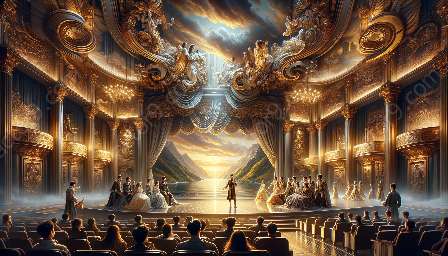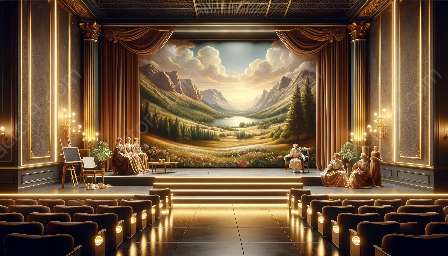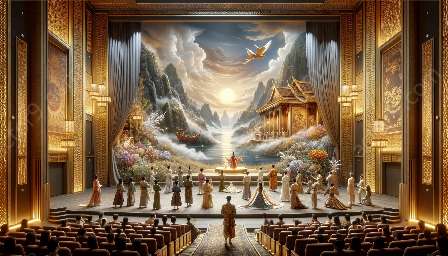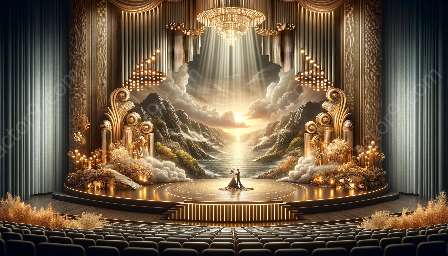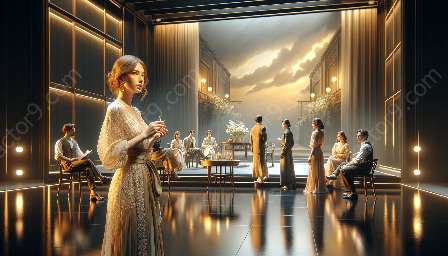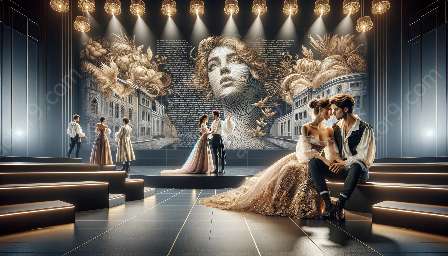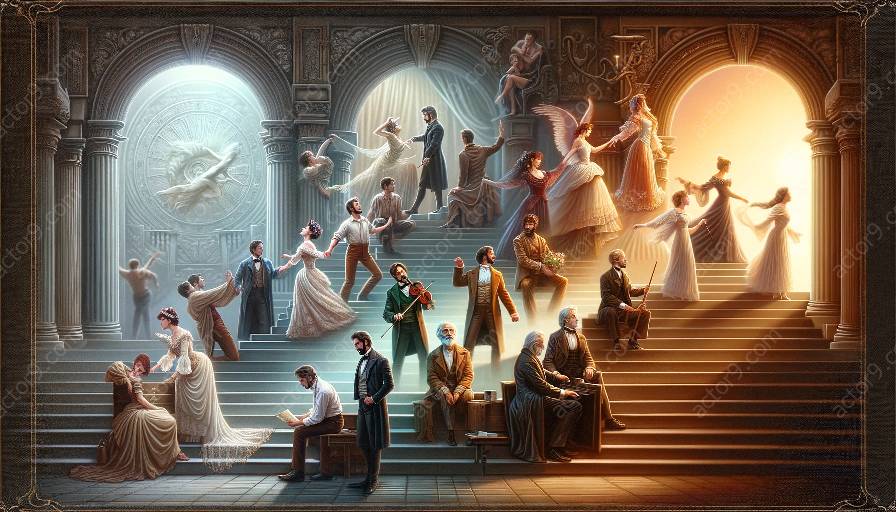Modern theatrical practices have been significantly influenced by technological advancements, shaping the evolution of modern drama. The integration of technology has brought about several changes in stage design, storytelling techniques, and audience engagement. These innovations have enhanced the overall theatrical experience and opened up new possibilities for creative expression. This article aims to explore the impact of technology on modern theatrical practices, highlighting its role in shaping the contemporary landscape of drama.
The Evolution of Modern Drama
Before delving into the impact of technology, it is important to understand the evolution of modern drama. Modern drama emerged as a response to the societal and cultural shifts of the 19th and 20th centuries. Influenced by industrialization, urbanization, and technological progress, modern drama explored new themes and narratives, reflecting the complexities of modern life. Playwrights and theatre practitioners sought innovative ways to engage with audiences and convey the changing dynamics of the human experience.
Technological Advancements and Stage Design
One of the most visible impacts of technology on modern theatrical practices is evident in stage design. Advancements in lighting, sound, and projection have transformed the way stages are constructed and utilized. LED screens and multimedia projections have enabled set designers to create immersive visual environments, transporting audiences to diverse settings and atmospheres. From futuristic landscapes to historical re-creations, technology has expanded the possibilities of stage design, enhancing the visual storytelling elements of modern theatre productions.
Storytelling Techniques and Multimedia Integration
Technology has also revolutionized storytelling techniques in modern drama. The integration of multimedia elements, such as video projections, interactive visuals, and augmented reality, has enriched the narrative possibilities of theatrical works. Playwrights and directors experiment with innovative ways to blend live performance with digital media, creating dynamic and multi-sensory experiences for audiences. This fusion of traditional theatrical elements with technology has redefined the boundaries of storytelling, enabling a more immersive and multidimensional form of theatrical expression.
Interactive and Immersive Performances
Furthermore, technological advancements have paved the way for interactive and immersive performances, blurring the lines between the stage and the audience. Virtual reality, augmented reality, and interactive installations have allowed audiences to participate actively in the dramatic experience, influencing the outcomes of the performances and engaging with the narrative in unprecedented ways. Modern theatrical practices increasingly seek to involve the audience as co-creators of the dramatic narrative, leveraging technology to facilitate participatory and personalized experiences.
Enhanced Audience Experience and Accessibility
Technology has also played a crucial role in enhancing the audience experience, making theatre more accessible and engaging for diverse audiences. Live streaming, virtual tours, and digital platforms have extended the reach of theatrical productions, enabling global audiences to experience performances from the comfort of their homes. Additionally, accessibility features, such as closed captioning, audio descriptions, and sign language interpretation, have been integrated into modern theatrical practices, ensuring inclusive and accessible experiences for individuals with diverse needs.
Challenges and Ethical Considerations
While technological advancements have significantly transformed modern theatrical practices, they also pose challenges and ethical considerations for the industry. The reliance on technology raises questions about the authentic nature of live performance and the potential loss of human connection in the digital age. Theatre practitioners grapple with the balance between technological innovation and the preservation of the fundamental essence of live theatre, contemplating the ethical implications of excessive technological mediation in dramatic storytelling.
Conclusion
In conclusion, the impact of technological advancements on modern theatrical practices is undeniably profound, contributing to the evolution of modern drama in multifaceted ways. From reimagined stage designs to interactive storytelling techniques, technology has reshaped the theatrical landscape, offering new avenues for creative exploration and audience engagement. As modern drama continues to evolve, the dynamic interplay between technology and theatrical expression promises to inspire innovative narratives and transformative experiences for both artists and audiences alike.


